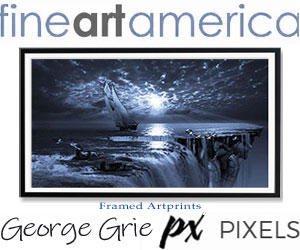 Castle, Sandcastle
Castle, Sandcastle
Middle English castel, from Old English and from Norman French, both from Latin castellum, diminutive of castrum
Type of fortified dwelling characteristic of the Middle Ages. Fortification of towns had been in practice since antiquity, but in the 9th cent. feudal lords began to develop the private fortress-residence known as the castle. It served the twofold function of residence and fortress because of the conditions of medieval life, in which war was endemic. The site of the castle was preferably on a defensible height. England and France, in general, did not afford such inaccessible locations as did the Rhine valley in Germany.
The Early Castle
The castle of W Europe was a Norman creation, an outgrowth of the 10th- and 11th-century mound castle, which consisted of a great artificial mound of earth, the motte, surrounded by a dry ditch, or fosse, and surmounted by a wooden blockhouse and its encircling palisade. Until well into the 12th cent., the only English development was the occasional substitution of a massive masonry keep inside the palisade—a form typified in the Tower of London. As siegecraft (see siege) was evolved, provisions were made for an aggressive defense.
A castle that became the model for many English and Norman castles was the formidable castle built at Arques in Normandy by Henry I of England. A square donjon, or keep, was set against the strong outer walls of masonry; the entrance was protected by a double gate, two flanking round towers, and advanced earthworks. The place enclosed by the outer circuit of walls was usually divided into two courts, or baileys, by a palisade. Subterranean passages made detection of underground forays easy.
Design
Most castles, from the earliest times, followed certain standards of design and construction. Central to the castle was the keep, or donjon, the main commanding tower. Many early castles and certain later ones were nothing more than simple towers. The tower houses of Britain and Ireland are an example of this type. Most, however, required outer walls of some sort. The tower was contained within the walls or attached to the walls. There was often more than one set of walls, creating inner and outer courts, the latter called a bailey. Later castles were built on a concentric plan, where two heavily towered walls formed two rings around the keep.
Sandcastle
Something that lacks substance or significance.A sand castle is a type of sand sculpture which resembles a miniature building, often a castle. The two basic building ingredients, sand and water, are available in abundance on a sandy beach, so most sand play occurs there or in a sandpit.
A variant on the sand castle is the drip castle, made by mixing extra water in with the sand, and dripping this wet sand from a fist held above. When the slurry of sand and water lands on existing sand structures, the water is rapidly wicked away, leaving the blob of sand in place. The effect is Gaudi-esque.
Sand castles are typically made by children, simply for the fun of making them. However, adults sometimes engage in contests making sand sculptures, in which the goal is to create structures which don't appear to be constructed just from sand; they can become large and complex. Other vulnerable media are ice and snow, leading to ice sculptures and snow sculptures.
